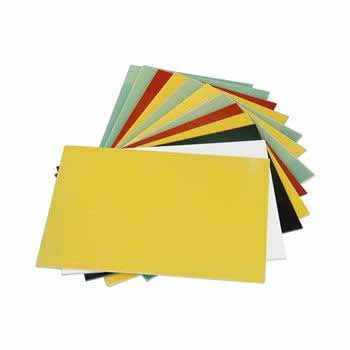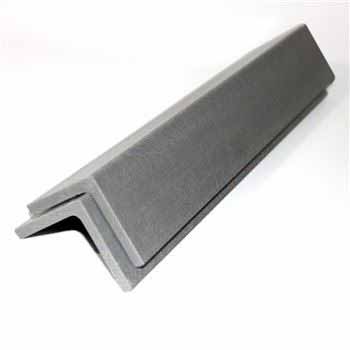Introduction to Fiberglass Cable Tray Industry
Fiberglass cable tray is a type of cable support system that is made of fiberglass reinforced plastic (FRP) material. Fiberglass cable tray has many advantages over traditional metal cable trays, such as corrosion resistance, high strength-to-weight ratio, fire retardancy, non-conductivity, and easy installation. Fiberglass cable tray is widely used in various industries that require reliable and durable cable management solutions, such as offshore platforms, chemical plants, oil and metal refineries, and water treatment plants.

Types of Fiberglass Cable Tray
There are two main types of fiberglass cable tray: ladder type and channel type. Ladder type cable tray consists of two longitudinal side rails connected by individual transverse members, forming a ladder-like structure. Ladder type cable tray provides maximum ventilation and ease of access for cable installation and maintenance. Channel type cable tray consists of a one-piece or two-piece base with side walls, forming a U-shaped or C-shaped structure. Channel type cable tray provides more protection and support for cables, especially for smaller or sensitive cables.
Benefits of Fiberglass Cable Tray
Fiberglass cable tray offers many benefits over metal cable trays, such as:
Corrosion resistance: Fiberglass cable tray can withstand harsh environments that contain moisture, salt, chemicals, acids, alkalis, and other corrosive agents. Fiberglass cable tray does not rust or require painting, which reduces maintenance costs and extends service life.
High strength-to-weight ratio: Fiberglass cable tray is lighter than steel cable tray, but has comparable or higher load capacity. This reduces the weight load on the supporting structures and lowers transportation and installation costs. Fiberglass cable tray also has high impact resistance and fatigue resistance, which enhances its durability and reliability.
Fire retardancy: Fiberglass cable tray is made of fire retardant resin systems that meet ASTM E-84 Class 1 Flame Rating and self-extinguishing requirements of ASTM D-635. Fiberglass cable tray can resist ignition and flame spread, and does not produce toxic smoke or fumes in case of fire.
Non-conductivity: Fiberglass cable tray is non-conductive and non-magnetic, which reduces the risk of electric shock and interference with radio waves, radar, and microwaves. Fiberglass cable tray also has low thermal conductivity, which prevents heat transfer between cables and the surrounding environment.
Easy installation: Fiberglass cable tray is easy to cut, drill, and assemble with standard tools and fittings. Fiberglass cable tray can be installed in various configurations and orientations to suit different applications and space requirements.
Market Outlook for Fiberglass Cable Tray
The global market for fiberglass cable tray is expected to grow at a significant rate in the coming years, driven by the increasing demand for reliable and efficient cable management systems in various industries. The growth of the market is also influenced by the rising awareness of the environmental and safety benefits of fiberglass cable tray over metal cable tray. The key regions for the market are North America, Europe, Asia-Pacific, Middle East and Africa, and Latin America.
Conclusion
Fiberglass cable tray is a superior alternative to metal cable tray for many applications that require corrosion resistance, high strength-to-weight ratio, fire retardancy, non-conductivity, and easy installation. Fiberglass cable tray is widely used in various industries that need reliable and durable cable support systems. The global market for fiberglass cable tray is expected to grow at a significant rate in the coming years, driven by the increasing demand for efficient and safe cable management solutions.







